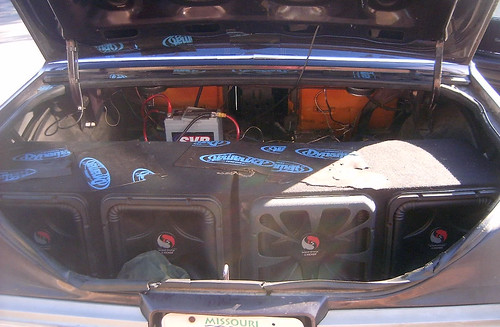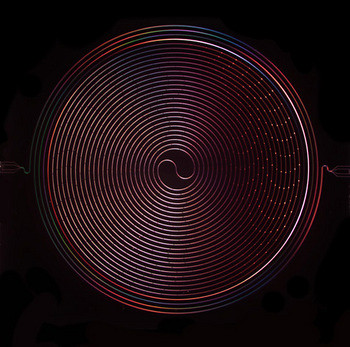Cranking It Up With NbTiN

So the next big thing in amplifiers probably won’t find their way into the trunk of your tuned Plymouth, but they may be able to help scientists — serious scientists — develop new quantum computers.
Byeong Ho Eom, Peter K. Day, Henry G. LeDuc & Jonas Zmuidzinas at CalTech have developed a parametric amplifier that will allow measurements heretofore unattainable. That awesome.
Here’s the abstract:
An ideal amplifier has very low noise, operates over a broad frequency range, and has large dynamic range. Unfortunately, it is difficult to obtain all of these characteristics simultaneously. For example, modern transistor amplifiers offer multi-octave bandwidths and excellent dynamic range, but their noise remains far above the limit set by the uncertainty principle of quantum mechanics. Parametric amplifiers can reach the quantum-mechanical limit, but generally are narrow band and have very limited dynamic range. Here we describe a parametric amplifier that overcomes these limitations through the use of a travelling-wave geometry and the nonlinear kinetic inductance of a superconducting transmission line. We measure gain extending over 2 GHz on either side of an 11.56 GHz pump tone and place an upper limit on the added noise of 3.4 photons at 9.4 GHz. The dynamic range is very large, and the concept can be applied from gigahertz frequencies to ~ 1 THz.
Some they can now use this instrument to find signals between the radio and infrared spectra, and then there’s so much more. I especially like this part of the press release:
Because the instrument is so sensitive and introduces minimal noise, it can also be used to explore the quantum world. For example, Keith Schwab, a professor of applied physics at Caltech, is planning to use the amplifier to measure the behavior of tiny mechanical devices that operate at the boundary between classical physics and the strange world of quantum mechanics. The amplifier could also be used in the development quantum computers—which are still beyond our technological reach but should be able to solve some of science’s hardest problems much more quickly than any regular computer.

In advanced science, there’s always something to look forward to!